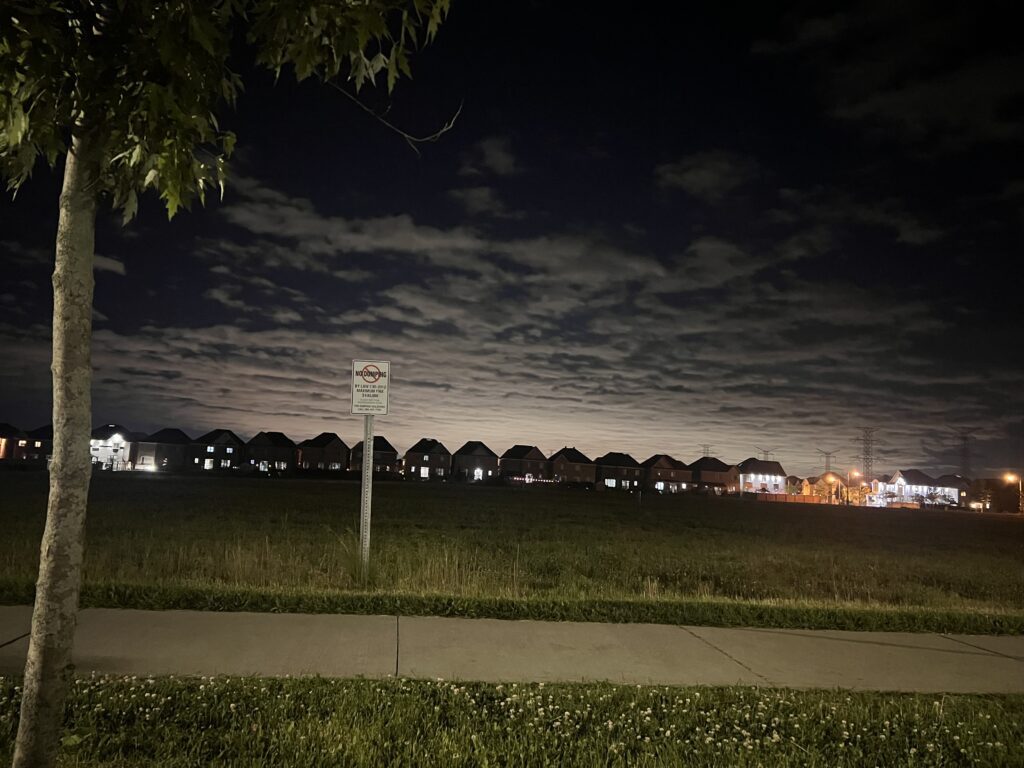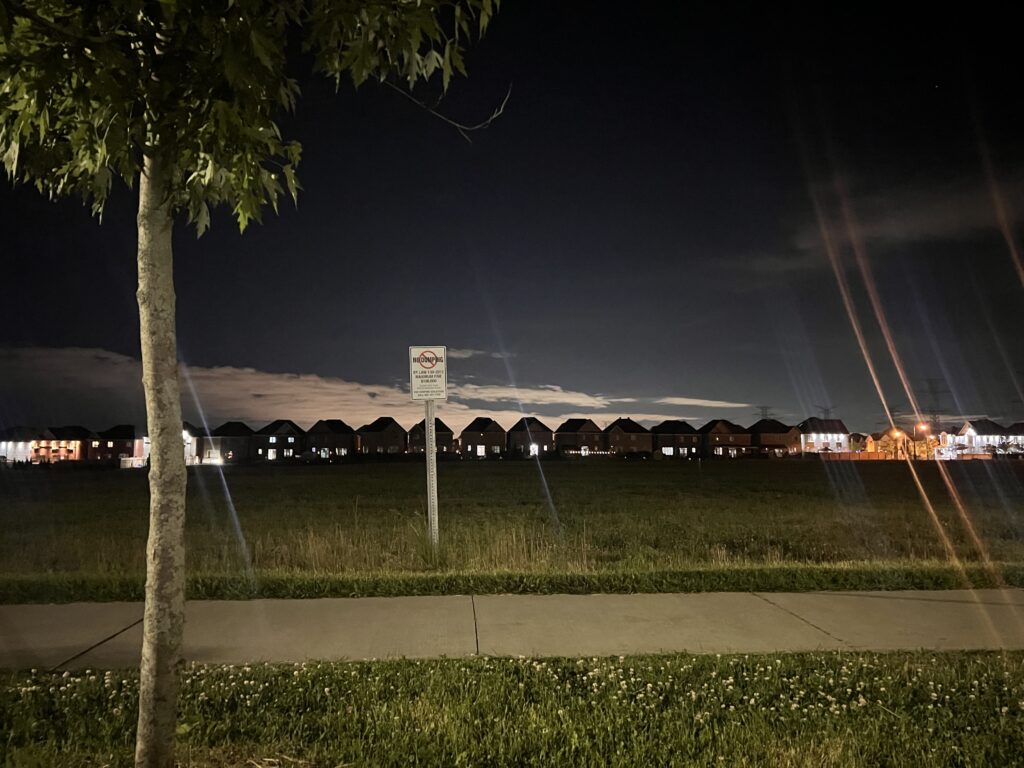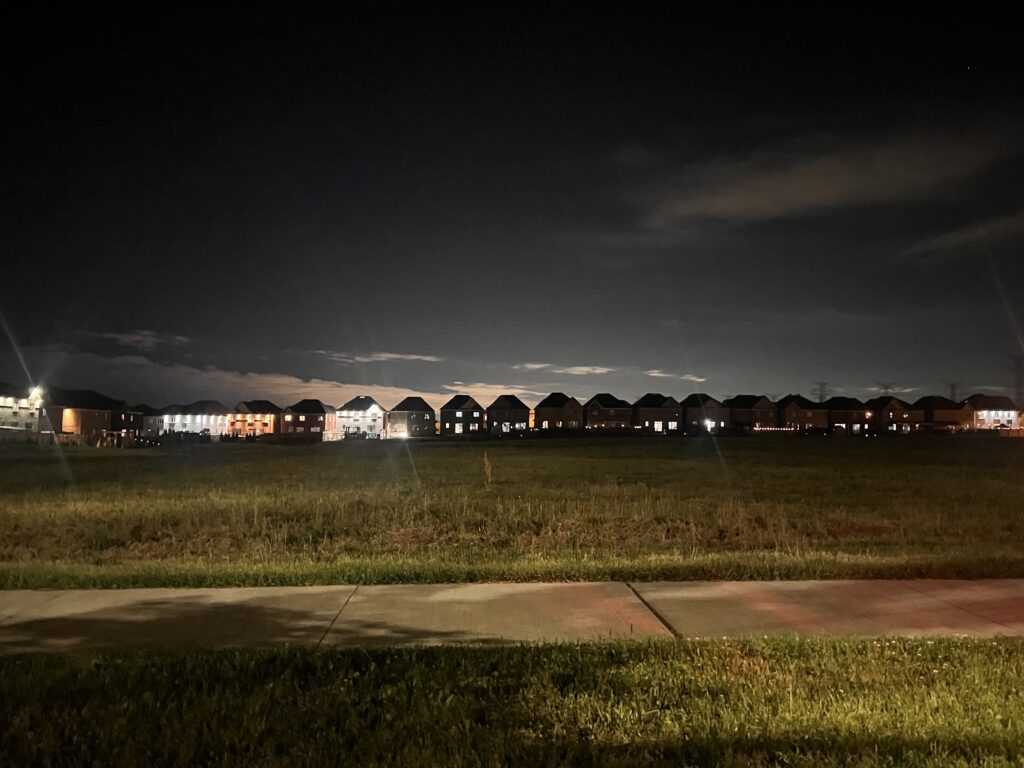A common dilemma faced by many Muslim communities in the northern part of the northern hemisphere every summer is the timing of Fajr and ʿIsha Prayers. The days become very long and the nights very short, leading to Fajr occurring very early and ʿIsha very late. The further north one goes, the more challenging this becomes. Although this issue affects both Fajr and ʿIsha, many Muslims find ʿIsha timing particularly problematic, as it can be extremely difficult to stay up and wait for the time to pray ʿIsha when it begins.
The objective of this article is to outline the correct Islamic position on when the time for ʿIsha begins and offer a solution for those who find it too difficult to pray at that time.
The Times of the Prayers
One of the conditions for the validity of Prayer, as agreed upon by the scholars of Islam, is that it must be performed within its prescribed time. Allah says:
{ إِنَّ الصَّلاةَ كَانَتْ عَلَى الْمُؤْمِنِينَ كِتَاباً مَوْقُوتاً }
“Surely, the Prayer is prescribed to the believers at specified timings.” [Surah Al-Nisa’ 4:103]
Sh. ʿAbdul-Rahman al-Saʿdi [d. 1376 AH / 1957 CE] states in his tafsir of this verse:
“That is, the Prayer is obligatory and must be performed at specific times. It is not valid if offered at any other time. These Prayer times are well established and well known to Muslims, whether young or old, knowledgeable or not. They have been taken from the teachings of the Prophet Muhammad (ﷺ), who said, ‘Pray as you have seen me pray.’”
[Taysir al-Karim al-Rahman, al-Saʿdi (p. 199)]
Based on this, it is not permissible to start praying one of the five daily Prayers unless one has yaqin (certainty) or ghalabah al-dhann (a strong presumption) that the time for that Prayer has commenced. If someone prays while doubting whether the time has started, their Prayer is invalid, whether the time had indeed started or not. Thus, they must repeat their Prayer at the specified time.
The Start Time of ʿIsha
The Prophet (ﷺ) specified the timings of the five daily Prayers through both his words and actions. He clearly explained when each Prayer starts and finishes based on the sun’s position in the sky, without differentiating between different seasons of the year or the length of the day and night. Regarding ʿIsha Prayer, there is scholarly agreement that its time begins once the twilight disappears from the sky, with the majority considering that twilight to be the red twilight.
Ibn al-Mundhir [d. 318 AH / 930 CE] states:
“The scholars, except for those who dissented, have unanimously agreed that the beginning of the time for ʿIsha is when the shafaq (twilight) disappears.”
[Al-Awsat, Ibn al-Mundhir (3/262)]
And Shaykh al-Islam Ibn Taymiyyah [d. 728 AH / 1328 CE] says:
“As for the time of ʿIsha, it begins when the red twilight disappears. However, to be cautious, one should wait until the white twilight also disappears, as the redness may be obscured by buildings. Once the white twilight is gone, it is certain that the red twilight has also disappeared. This view is held by the majority, including Malik, al-Shafiʿi and Ahmad. As for Abu Hanifah, he considers the twilight that must disappear to be the white twilight.”
[Majmuʿ al-Fatawa, Ibn Taymiyyah (22/93)]
Based on this, the standard for determining the start time of ʿIsha is based on observing the horizon: once the redness disappears from the horizon, the time for ʿIsha begins. Setting a specific time, such as an hour or half an hour between Maghrib and ʿIsha, as a standard for the start of ʿIsha time is inaccurate. This is because the disappearance of the red twilight varies depending on location and seasons; it can lengthen or shorten with summer and winter. Therefore, the standard should be as instructed by the Prophet (ﷺ), namely observation. However, in cases where observation is challenging, especially in cities and urban areas, one can rely on credible Prayer timetables or apps.
Varying times for ʿIsha on Prayer timetables and apps
The confusion regarding the time for ʿIsha arises from the varying start times shown on different Prayer timetables and apps. This discrepancy occurs because each timetable or app uses a different calculation to determine when the red twilight disappears. This calculation is based on a fixed degree indicating the sun’s angle of depression below the horizon, which ranges from 12 to 18 degrees across different timetables and apps.

The earliest time for ʿIsha on these timetables and apps is based on 12 degrees for the disappearance of the red twilight, while the latest is based on 18 degrees. So at which angle does the red twilight truly disappear, thus indicating the start of ʿIsha? Decades of research conducted by organizations and individuals have revealed that the timings for ʿIsha (and Fajr) are not scientifically deterministic and vary with season, latitude, elevation and other factors.
Having said that, the most reliable Prayer timetable to use in North America is that of the Islamic Society of North America (ISNA) which uses 15 degrees as the fixed degree for determining the start of ʿIsha. This angle has proven to be more accurate compared to using angles less than 15 degrees, such as 12 or 13 degrees. To illustrate this point, I have included images of the red twilight in the horizon taken at different times on the night of June 9, 2024, in Toronto, Canada:

The horizon at 10:30 pm (June 9, 2024)

The horizon at 10:40 pm (June 9, 2024)

The horizon at 10:45 pm (June 9, 2024)
It is evident from these images that the red twilight does not disappear from the horizon at the angles of 12 or 13 degrees. According to Prayer timetables set to 12 degrees, ʿIsha starts at 10:20 pm on June 9, while those set to 15 degrees indicate that ʿIsha starts at 10:47 pm on the same day. This is not to say that the red twilight cannot disappear at these angles in other parts of the year or other locations, but it shows that such angles cannot be relied upon as the fixed degree for the start of ʿIsha prayer for every season and location.
Therefore, my recommendation, which aligns with the advice of most reliable scholars in North America, is to use the ISNA Prayer timetable, which is based on the angle of 15 degrees for the start time of ʿIsha Prayer. For those who wish to take extra caution, they can either personally observe the horizon for the disappearance of the red twilight or rely on a Prayer timetable that uses the angles of 17 or 18 degrees for the start of ʿIsha Prayer.
The hardship of praying ʿIsha when it starts late in the summer
The timing dilemma for ʿIsha Prayer arises specifically during the long summer days, particularly for those living farther north. This issue does not affect other times of the year or those living further south in the northern hemisphere. Many Muslims find it extremely difficult to stay up and wait to pray ʿIsha when it begins so late, sometimes after 11 pm. Given that one of the objectives of the Shariʿah is to alleviate hardship and remove difficulty, how can this be addressed?
Some have suggested using a lesser angle to determine the start of ʿIsha, such as 12 or 13 degrees. However, this has proven to be inaccurate, and we cannot reasonably assert that the time for ʿIsha starts at such angles. Others have proposed setting a fixed time for the start of ʿIsha, such as an hour or an hour and a half after Maghrib. However, this too has been ruled out as a valid standard, as it is certain that the red twilight does not disappear by such times throughout the year.
Furthermore, when it comes to concessions in the Shariʿah to alleviate hardship and remove difficulty, we must adhere to the concessions given to us by the Lawmaker and not create our own by altering Allah’s laws for the sake of convenience. That being said, there is indeed a solution in the Shariʿah for those who find it extremely difficult to stay up and wait to pray ʿIsha when it begins so late: they can combine it with Maghrib Prayer at the time of Maghrib.
This solution is based on the hadith of Ibn ʿAbbas (ra), who narrates that the Messenger of Allah (ﷺ) combined Dhuhr with ʿAsr and Maghrib with ʿIsha in Madinah without being in a state of danger or due to rainfall. When asked why the Prophet (ﷺ) did that, Ibn ʿAbbas (ra) replied, “So as not to burden his Ummah.” [Sahih Muslim (705)]
In this hadith, Ibn ʿAbbas (ra) explained that the reason for combining prayers is to alleviate hardship for the Ummah. Some scholars have used this as evidence for the permissibility of combining prayers when there is a need, such as illness or severe difficulty. However, this remains a concession, meaning it should only be used as a last resort, and once the hardship is over, one should return to praying each Prayer at its proper time.
In the context of this discussion, this means one may combine ʿIsha with Maghrib only on those days in the summer when praying ʿIsha late becomes extremely difficult, not on any other days of the year. It is reported that ʿUmar bin al-Khattab (ra) said, “Whoever combines two prayers without a valid excuse has committed a major sin.”
Therefore, the solution to the problem of ʿIsha being very late is not to suggest an earlier time for it when the time for ʿIsha has not actually started, but rather to suggest praying ʿIsha with Maghrib at the time of Maghrib for those who need to.
All success is from Allah, and Allah knows best.
Kamil Ahmad,
21st of Dhul-Hijjah 1445

We’ve been praying Isha at 10:45 pm at my local masjid for past 2-3 weeks. Does this mean we’ve been praying Isha before it’s time all along? I looked out my window and it seemed the red glow wasn’t there and even on these pictures in this article, the glow doesn’t seem red.
You have to find out from your masjid what they based that timing on. Unfortunately, many masjids do not have a scholarly basis for setting their salah timings. They just set them according to what they see is convenient for their communities irrespective of what the correct scholarly position is.
As for observing the disappearance of the red glow, it’s difficult in the cities. You need to go a bit out of the city where there are no lights to properly observe it. As for the images I’ve shared, the first two show redness, while the third shows more white than red.
And Allah knows best.
Jazaka Allah khairan!